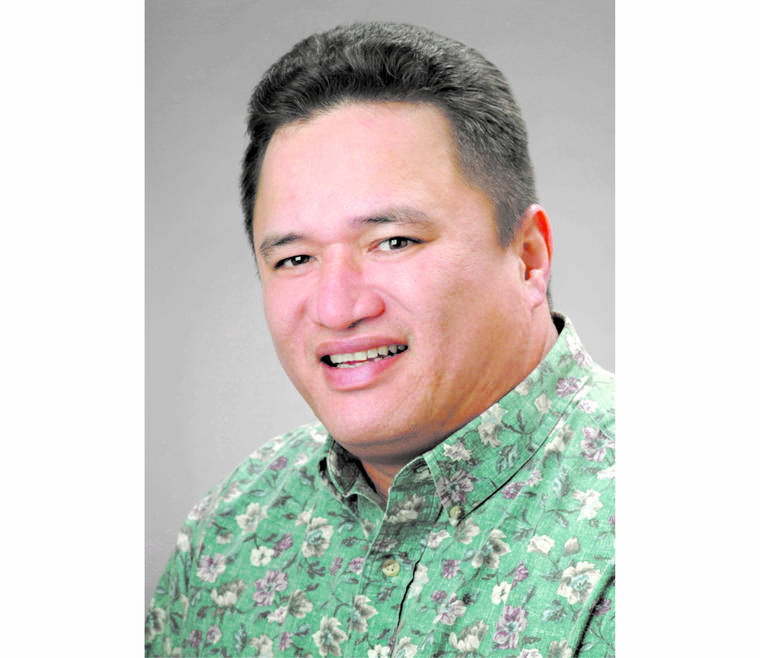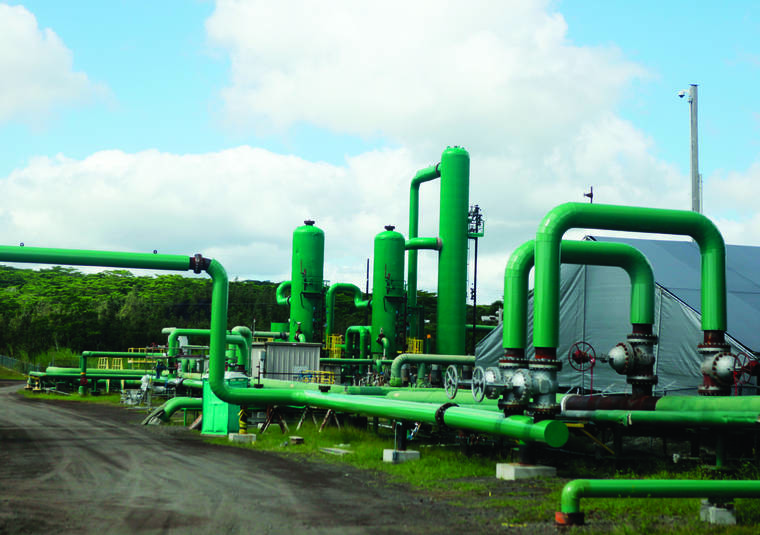HONOLULU — Hawaii Island’s geothermal power plant is slated to start producing electricity again by month’s end after prior delays to rebuild the facility that was partially destroyed by lava in 2018.
Puna Geothermal Venture announced the planned restart last week and also said it will host virtual community meetings to provide operational updates along with other information and to answer questions from the public.
The company, which canceled in-person meetings in March due to the coronavirus pandemic, has scheduled its first online meeting Wednesday followed by another one Nov. 11.
Meetings will be at punageothermalproject.com and start at 4 p.m.
The meetings also will be recorded and notes will be posted on the website along with continuing weekly project updates. Residents with questions or concerns may also call 369-9094.
PGV’s 38-megawatt power plant in Puna went offline in May 2018 when lava from Kilauea covered three out of several geothermal wellheads, monitoring wells, an electrical substation and a drilling rig in a warehouse. Lava also cut off road access to the plant and burned down transmission lines during the eruption that also claimed roughly 700 homes, farms and scenic recreational areas.
Since then, the company owned by Nevada-based Ormat Technologies Inc. has been working to restore operations. That work was delayed by permitting issues that pushed back prior expectations to resume power production by the end of last year. COVID-19 also hampered work.
Before the shutdown, PGV was supplying 31% of electricity on Hawaii island. The company said it expects to restart energy production between the middle and end of this month, and gradually ramp up to produce 29 megawatts of power by the end of the year while work continues to restore more generation capacity.
Last month, Ormat reported that it had completed drilling two new production wells, though one was blocked after a flow test, and that more well drilling work would continue.
The company also intends to expand the plant’s 38-megawatt capacity by 8 megawatts in 2022.
PGV began operating in 1992 and has long been opposed by many nearby residents, in part because of concerns over potential release of hydrogen sulfide or other potentially dangerous volcanic gases.
Michael Kaleikini, Ormat’s senior director of Hawaii affairs, said the company is thankful for community support to restore operations and wants to keep area residents informed.
“We are happy to provide our community the opportunity to hear updates and give feedback in a safe format that respects shelter-at-home guidelines,” he said in a statement.






